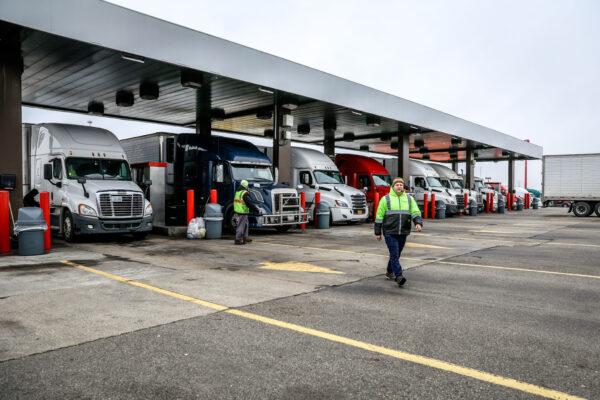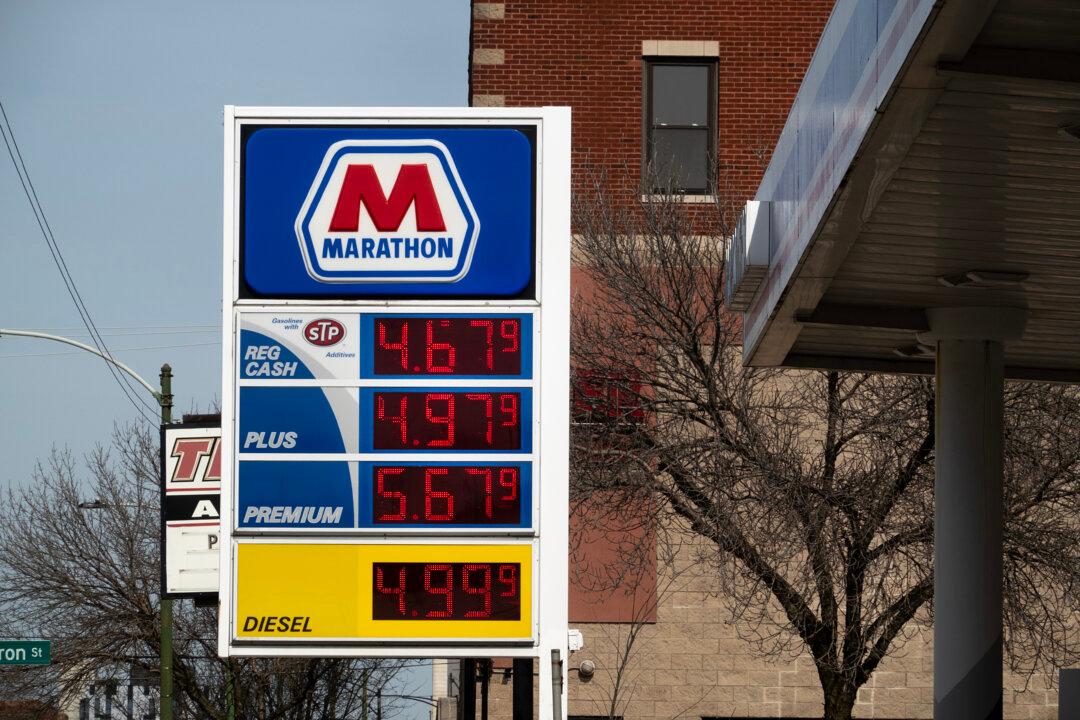Commentary
Every product in America travels on some type of truck. Trucking moves roughly 70 percent of all freight in the United States and nearly 80 percent of American consumers depend on trucking for the delivery of everyday items and commodities, and specialty items like medicines, fuels, and raw materials. Industries like construction, healthcare, and mining would fail to operate if we lost truckers, and so would our American daily life. There would be no cash for ATM machines and no fuel for airplanes and automobiles; garbage and medical waste would pile up and there would be a lack of food and water in a matter of days.





